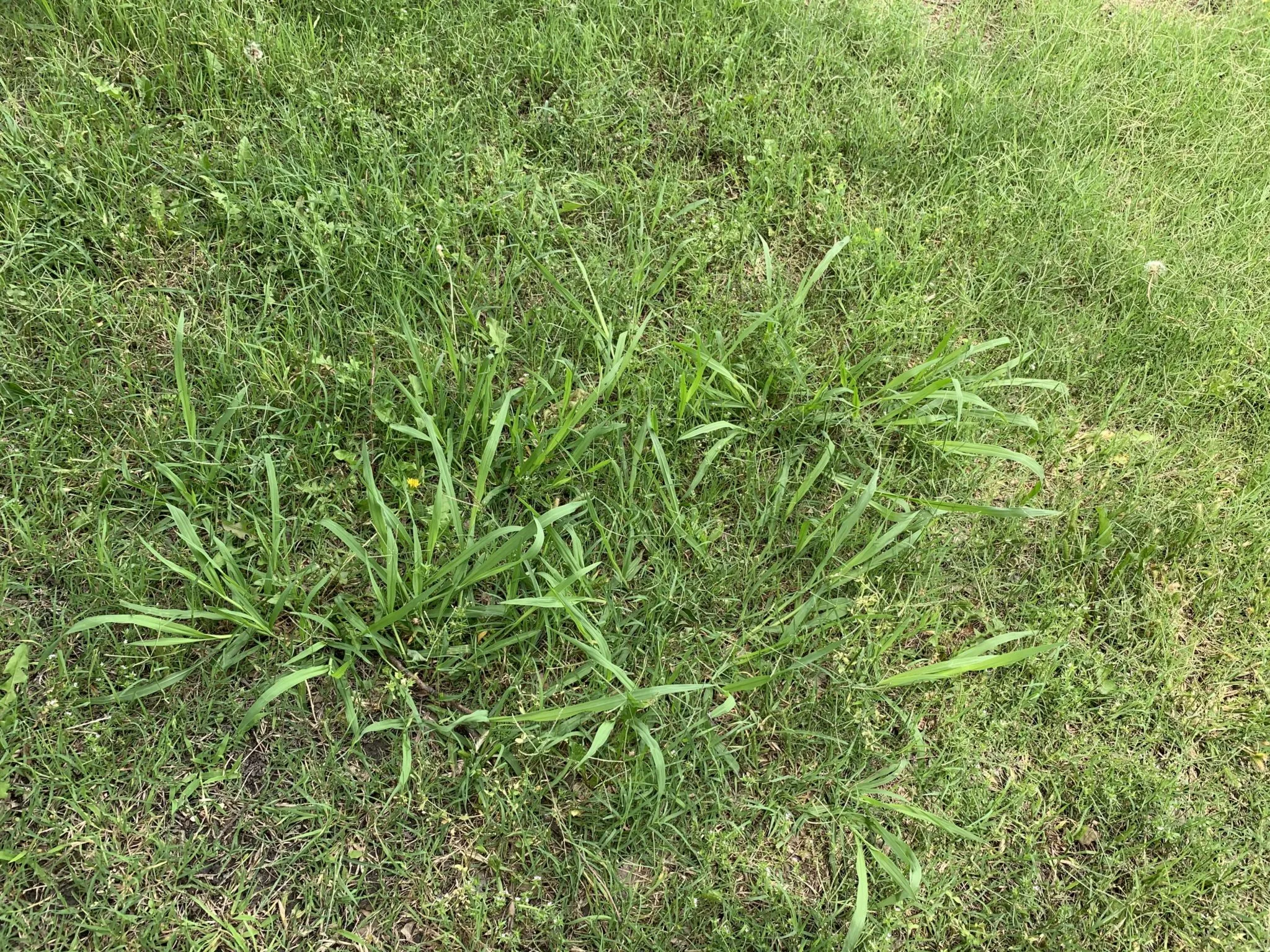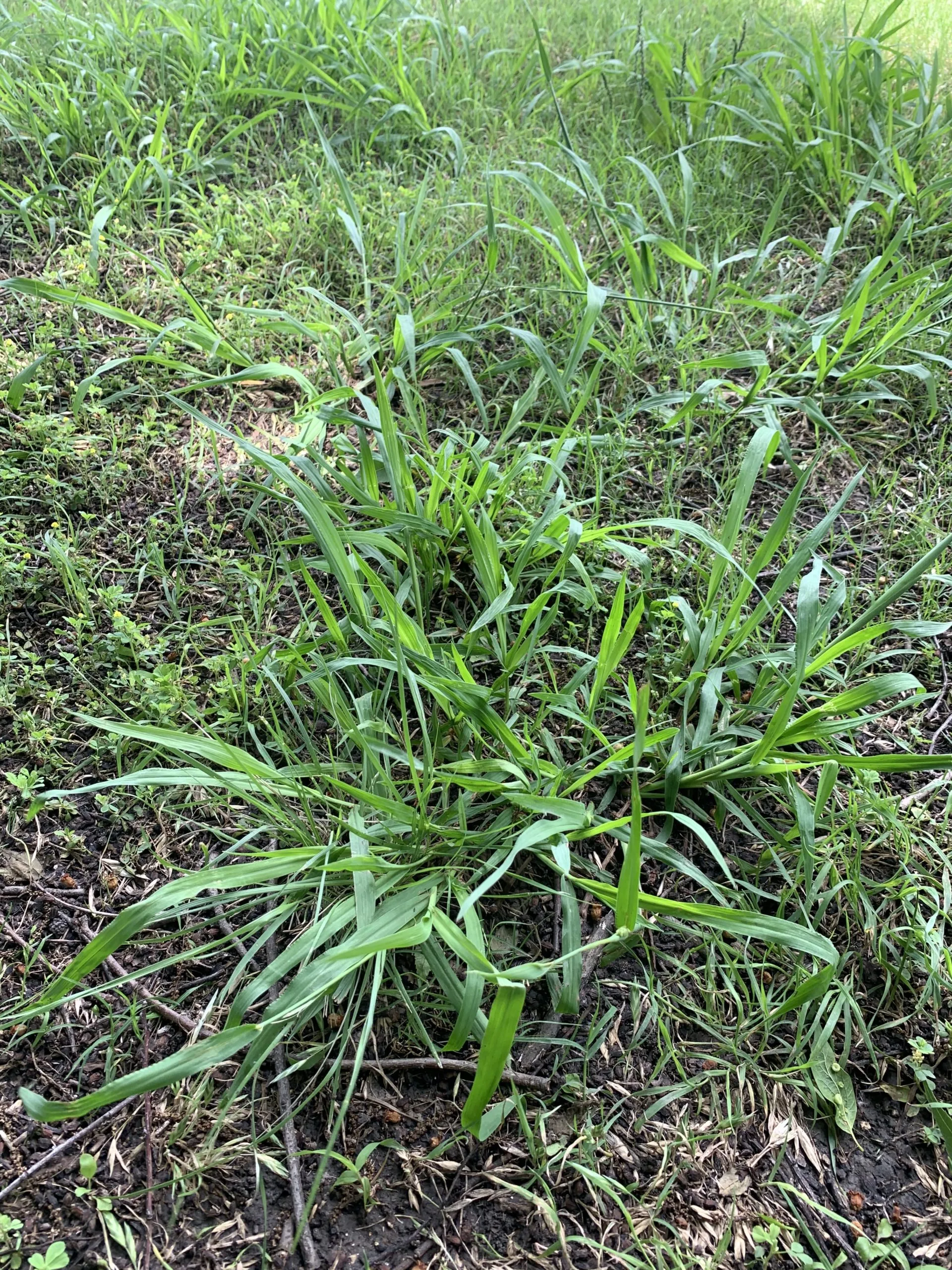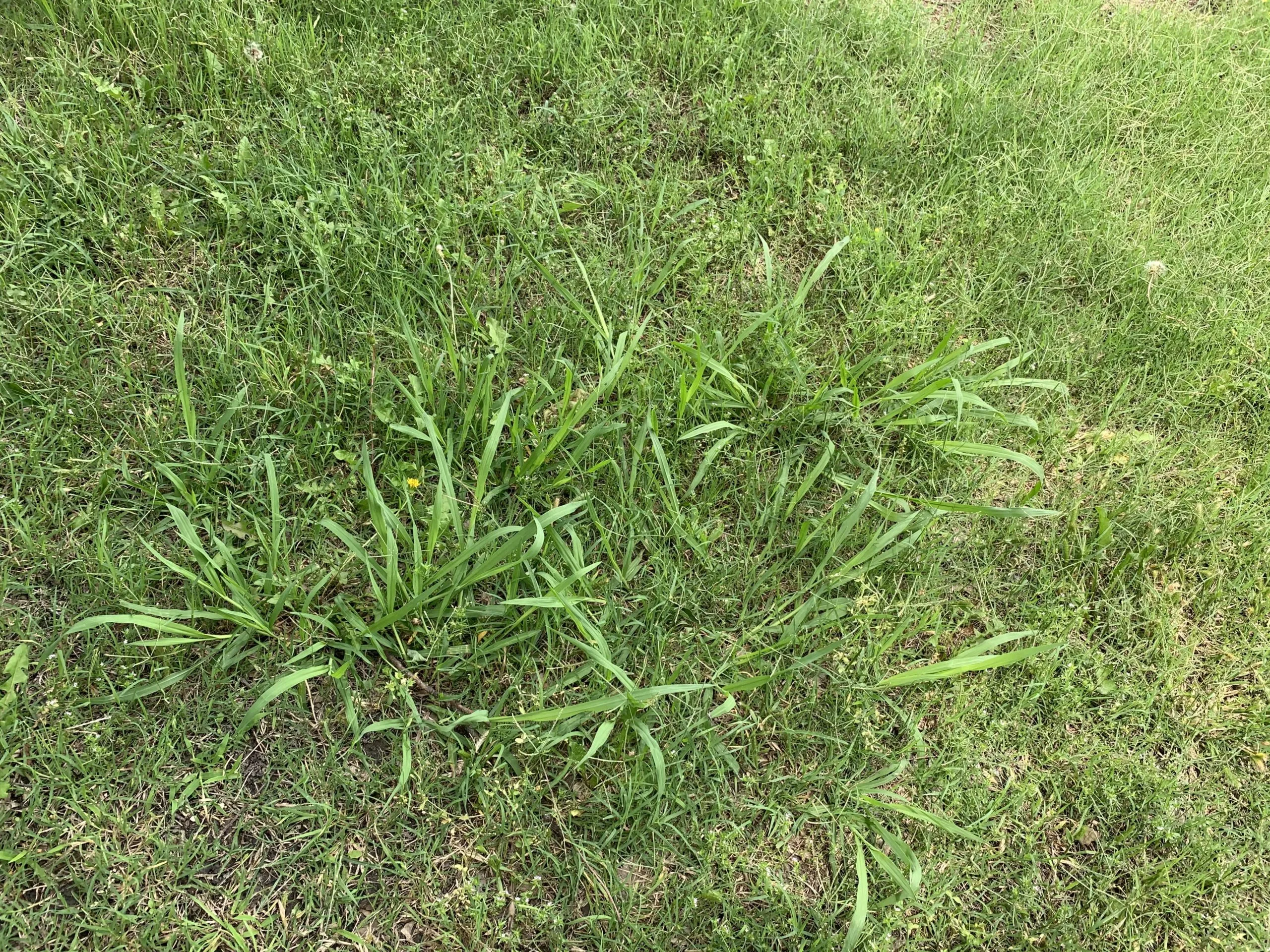Temperatures are rising, wildflowers are blooming, and require proper installation and our busy season is in full swing here at College Fund Landscaping. We love springtime in Texas, not least because it gives us all one last opportunity to enjoy the outdoors before the outrageously hot summer weather arrives.
However, our sunny spring climate comes with a catch. If you’ve ever googled “how to combat grassy weeds in Texas”, then you probably know where this is going.
Early-blooming weeds are a serious problem here in North Texas. A winter of neglect followed by warm weather means that by the time spring rolls around, your lawn is extra-vulnerable to unwanted winter weeds. While some of these seasonal weeds can be kept under control with consistent plucking, other varieties are far more problematic.
Let’s take a look at two of the most prevalent in this part of the world.
Dallisgrass

There are two things you should know about Dallisgrass.
Firstly, it’s incredibly quick growing. It spreads like wildfire due to its large seed heads and forms unsightly clumps wherever it lays roots. Second, once a Dallisgrass plant has established itself, it is extremely difficult to remove. Its coarse texture can make it impossible to cut, even with a mower, and it is resistant to all but a couple of herbicides.
Unfortunately, Dallisgrass poses more than just an aesthetic threat to your lawn. As well as being toxic to livestock and horses, this noxious weed chokes out desirable turf grasses, leaving lawns and golf courses impossible to maintain.
Johnsongrass
Much like its buddy Dallisgrass, Johnsongrass spreads quickly, is resistant to treatment, and causes a torrent of problems for lawns in Texas. Once established, Johnsongrass can grow up to 7ft tall in a matter of weeks, choking out desirable turfgrasses and posing serious health risks to cattle. While mowing might temporarily improve the look of a johnsongrass-infested lawn, it will do nothing in terms of preventing its negative impact.
Removing Grassy Summer Weeds
Unfortunately, by the time these winter weeds begin to show in the early spring, it is too late to rid them from your lawn without aggressive and extensive action. The only effective herbicides that won’t also kill your turf are those containing MSMA or DSMA. Unfortunately, it is against government regulations to use these residential lawns.
What’s more, the ground temperature must be at least 85F degrees before any treatment can begin, which is not likely to happen until mid-June at the earliest.
So what can you do to combat grassy weeds right now?
Sadly, the answer is “not much”. The only possible solution is not only time-consuming and expensive but will also put your lawn out of action for a considerable amount of time while your turf heals. That being said, if you are determined to see your turf free from grassy weeds this summer, College Fund Landscaping can help.
The first step is to either dig out the affected area or spray it with Glyphosate (commonly called Roundup). This will not only kill the weed but also your surrounding turf.
For this to be effective, the entire root system must be removed from the ground. It’s extremely important to get the full root and rhizomes out to prevent the plant from returning next year.
Once these steps have been completed, you will need to replace the sod in the affected area. This will not only require proper installation, but also a proper watering and fertilization plan to ensure the future health of your lawn.
You can do this nearly any time of year in North Texas, but if possible we recommend spring or fall, as it’s easier to care for your new sod at these times.

Prevention is the Best Cure
If you do not already have any of these invasive grasses, you’re in luck!
Preventing invasive grasses before they germinate is by far the most effective way to prevent them. For this reason, our specialist lawn care programs primarily focus on Fall pre-emergent treatments.
A pre-emergent herbicide acts as a barrier around the surface of your lawn, preventing grassy weeds from germinating. That means that when temperatures start to rise in the spring, your lawn will grow, but the weeds will not.
Our pre-emergent treatments are applied in late fall and continue up until the end of April in North Texas. Pre-emergents are sprayed in three phases as part of our lawn maintenance program. Once at the end of the season, and twice a couple of weeks apart at the beginning of the new year.
In addition, we also conduct a full assessment of your lawn to determine the best fertilizer to use. Regular applications are then made, monitoring grass quality to ensure maximum results.
About College Fund Landscaping
From the very beginning stages of getting a quote to the final touches, College Fund Landscaping will be there to guide you, answer questions, and work diligently to provide you the best lawn care service available.
We are a recognized leader serving local Plano Texas customers with residential lawn care and weed control services. From lawn care, mowing, to landscaping and yard cleanup, you can rely on us to bring experience, beauty, and value to your lawn care project.



Comments (0)
Thanks for your comment!
Thanks for your feedback! Your comments have been successfully submitted! Please note, all comments require admin approval prior to display.
Error submitting comment!
There is a problem with your comment, please see below and try again.